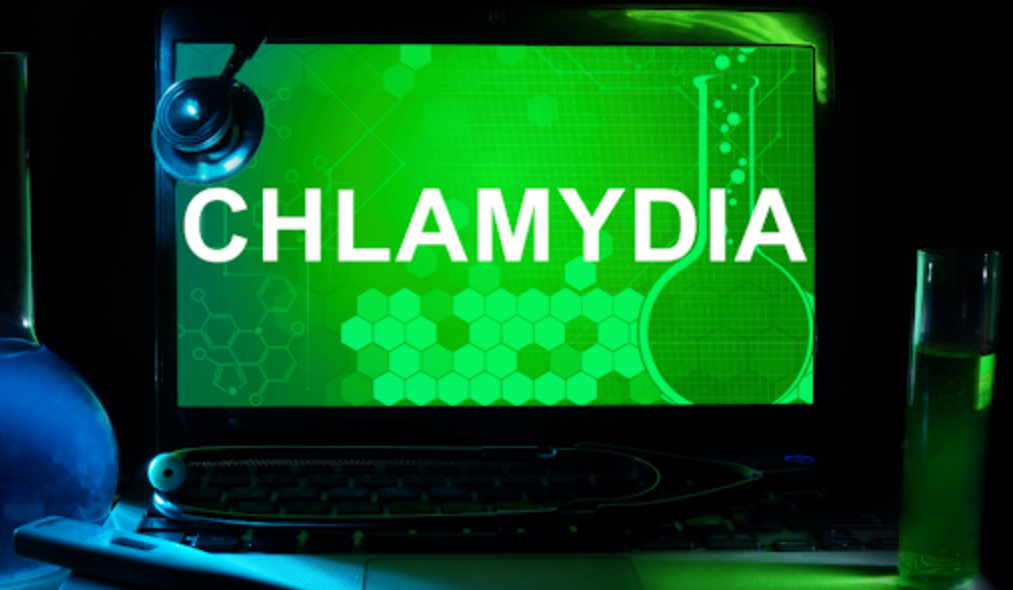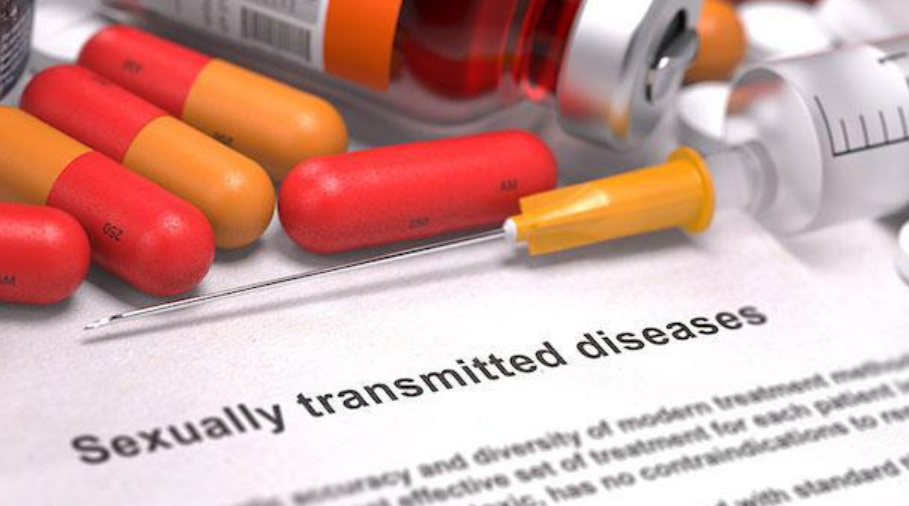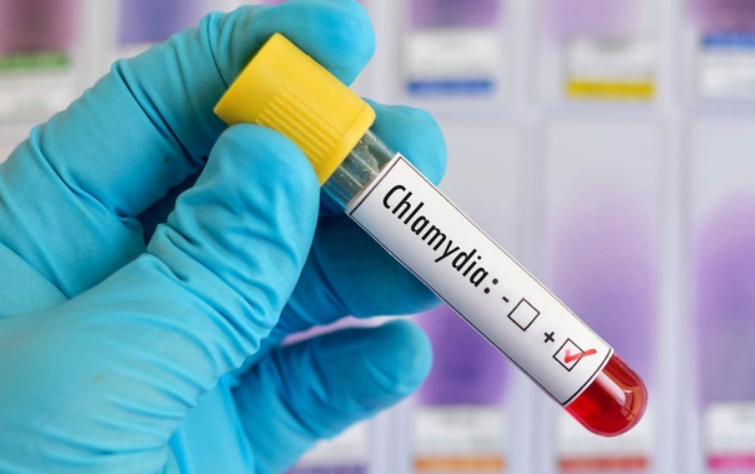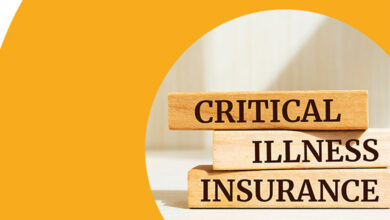
Humans are bestowed with a gift called “Health”, which is the greatest gift to mankind. With health, everything else falls in place, but without it, even millions of dollars cannot help you stop from derailing in life. That being said, we know we need to take care of life in order to lead a healthy lifestyle and avoid getting trapped in deadly diseases or life-long medical conditions like diabetes. Deadly diseases are of various kinds, in the article, we are diving deep into what STDs are.
In this article, we walk you through what are STDs, how different is Chalmdyia from other STDs, their symptoms, and much more.
What are STDs?

Every disease has its own uniqueness in infecting the human anatomy. Most of them are categorized as what causes the infection, like a bacterial infection or viral infection. STDs, which are also known as Sexually Transmitted Diseases, are a type of infection that has a unique characteristic in terms of spreading. Unlike allergy or flu-like diseases where the allergen or the viral flu has to come in contact with either inhaling or touching an infected person.
STDs, as the name suggests, they are infections that primarily transmit from one person to another through intimate contact. When you get in intimate contact with an STD-infected person then there are high chances of you contracting the same disease.
Symptoms of STDs

Here’s the real catch. Most of the diseases show up symptoms or at least mild signs immediately after getting infected with the disease. In the case of allergy, rashes or dry skin symptoms pop up indicating you came in close contact with an allergen. However, that is not the case with STDs.
STDs can take anywhere from multiple days to several weeks for the initial symptom to appear, which makes it more contagious in spreading the disease. People who are sexually active, get the disease contracted from their previous partner who never had an idea if he/she is having an STD due to little-no symptoms.
What is Chlamydia?

STDs as a whole point to multiple types of STDs. According to Healthline, there are more than 20 different types of STDs. HIV is one of the most commonly know STDs, however they are not the most commonly spread STDs. With the awareness campaigns hosted by governments across the world and the advent of new technologies that help in the detection of HIV antibodies way earlier than infection progresses.
Chlamydia is one of the most common types of STDs that has a major toll on yearly STD cases in the United States. It is caused by a bacterium called Chlamydia Trachomatis, a contagious bacteria that spread through intimate contact.
Symptoms of Chlamydia

Symptoms of Chlamydia, are similar to other STDs. Chlamydia symptoms do not show up for up to 1 to 3 weeks since the contraction of the disease. Following are some of the symptoms of Chlamydia –
- Genital discharge
- Pain or bleeding while urinating
- Urge to urinate
- Itching, bleeding, or mucus discharge in the rectum
- Redness or itching in the eye
- Sore throat, cough, or fever
In some cases, the symptoms may go away on their own after a few days, however, that doesn’t mean you are completely cured of Chlamydia. The bacteria is still prevalent and maintaining a low profile. The symptoms can break out again at any time.
If you experience any of the above symptoms, then get tested for Chlamydia STD right away to confirm your condition. Diagnostics listing providers like DxSaver.com have listed out the labs that provide Chlamydia testing near you along with their prices all in one place. Saving you time and money.
Can Chlamydia be Cured?

Chlamydia is a type of STD that is caused by bacteria, Chlamydia Trachomatis, which can be terminated with the help of antibiotics and medications prescribed by your physician. Chlamydia can also lead to severe health complications if not addressed in the early stages and diagnosed at the right time, but they are not as deadly as HIV which has no cure to date.
Complications like infertility and Poly Cystic Ovarian Syndrome in women are all long-term effects of Chlamydia when not treated in the initial phase.
Chlamydia vs. HIV

HIV is the most common known STDs of all time. Due to its nature of severity and the effects, it causes on the infected person is unparalleled. Chlamydia is more of a bacterial type, which causes symptoms and the signs can be suppressed or terminated completely with drugs.
HIV, which is expanded as Human Immuno Deficiency Virus, is a virus causing an infection that primarily targets the immune cells in the body and leaving the door open to other infectious diseases like cancer and tuberculosis. Unlike Chlamydia, HIV cannot be cured even today.
Conclusion
Chlamydia is a type of STD that can be easily cured with medications. But, every disease comes with some complications if not addressed at the right time. HIV can lead to death and Chlamydia can lead to infertility. That being said, it is always a good choice of preventing than to cure after the infections have occurred. Abstain from intimate contact with unknown people and lead a healthy lifestyle to help keep your immunity up and running.




